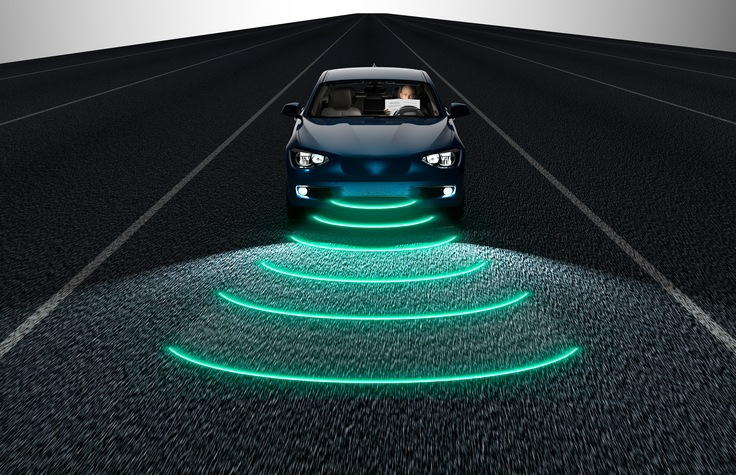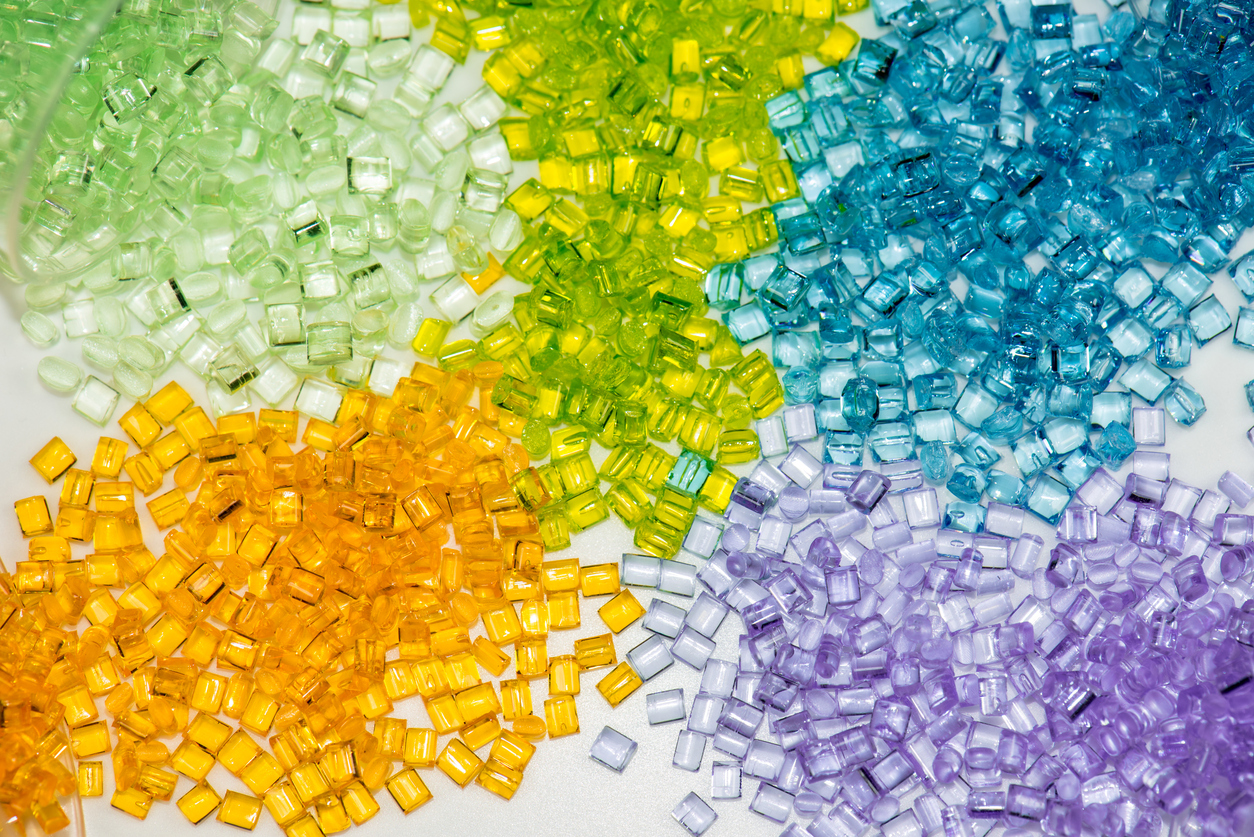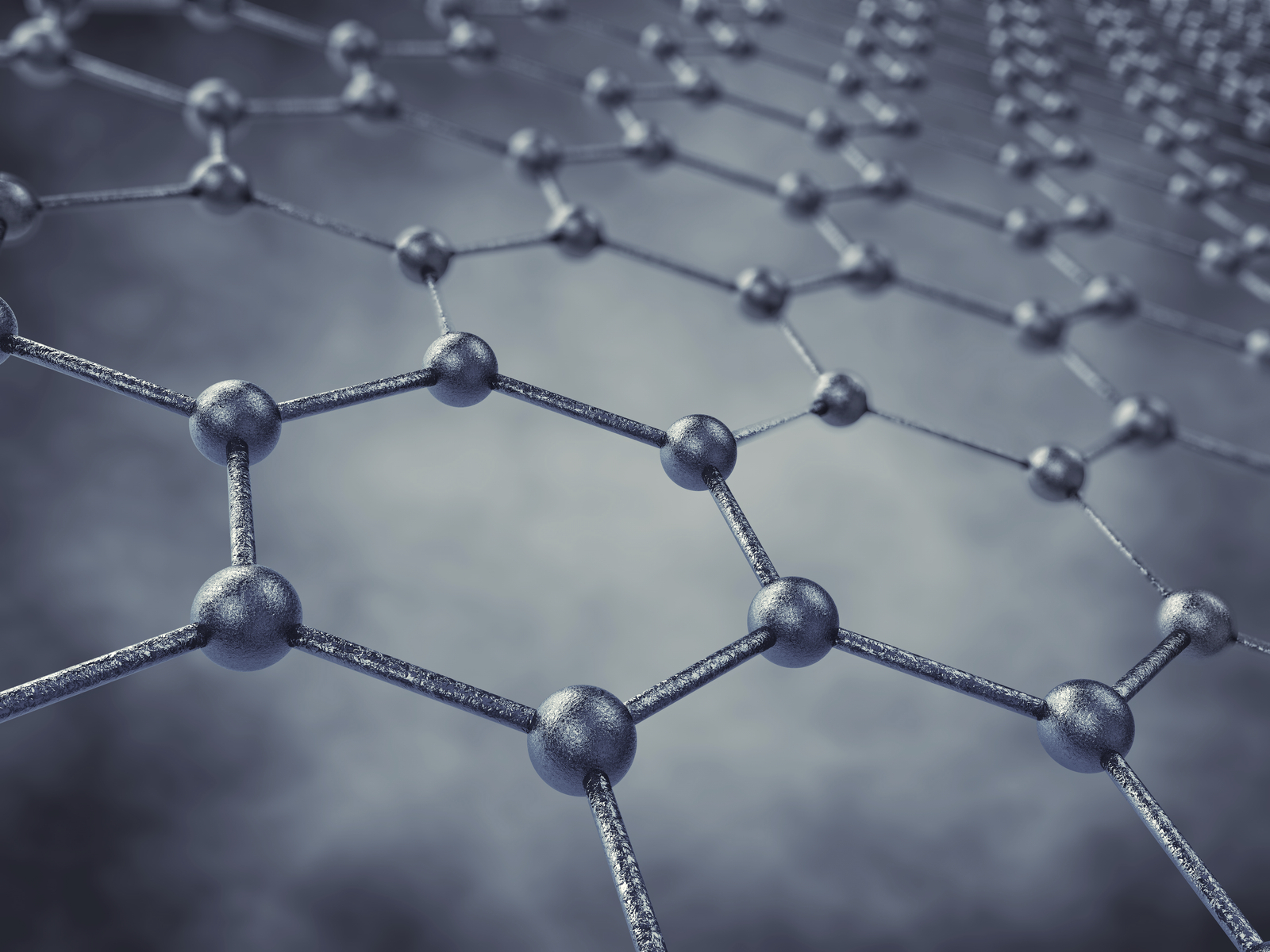 Engineers have developed a 4-in-1 smart utilities plant that produces electricity, water, air-conditioning, and heat in an environmentally friendly and cost-effective way.
Engineers have developed a 4-in-1 smart utilities plant that produces electricity, water, air-conditioning, and heat in an environmentally friendly and cost-effective way.
The eco-friendly system harvests waste energy and is suitable for building clusters and underground cities, especially those in the tropics.
“Currently, significant amount of energy is required for the generation of electricity, water, air-conditioning, and heat. Running four independent processes also result in extensive energy wastage, and such systems take up a huge floor area,” says Ernest Chua, associate professor in the mechanical engineering department at National University of Singapore Faculty of Engineering.
“With our smart plant, these processes are carefully integrated together such that waste energy can be harvested for useful output. Overall, this novel approach could cut energy usage by 25 to 30 percent and the 4-in-1 plant is also less bulky.
“Users can also enjoy cheaper and a more resilient supply of utilities.”



 In the wake of car- and truck-based attacks
In the wake of car- and truck-based attacks  Scientists have developed an extremely efficient “molecular trap” that can be recycled and reused to capture radioactive iodides in spent nuclear reactor fuel.
Scientists have developed an extremely efficient “molecular trap” that can be recycled and reused to capture radioactive iodides in spent nuclear reactor fuel. Capitalizing on tiny defects can improve electrodes for lithium-ion batteries, new research suggests.
Capitalizing on tiny defects can improve electrodes for lithium-ion batteries, new research suggests. A method to overcome the inherent trade-off between strength and flexibility in certain types of polymers gets inspiration from the tough, flexible polymeric byssal threads that marine mussels use to secure themselves to surfaces in the rugged intertidal zone.
A method to overcome the inherent trade-off between strength and flexibility in certain types of polymers gets inspiration from the tough, flexible polymeric byssal threads that marine mussels use to secure themselves to surfaces in the rugged intertidal zone. Urban air pollution in the U.S. has been
Urban air pollution in the U.S. has been  Deadline: December 31, 2017
Deadline: December 31, 2017 Scientists have learned how to tame the unruly electrons in graphene.
Scientists have learned how to tame the unruly electrons in graphene.